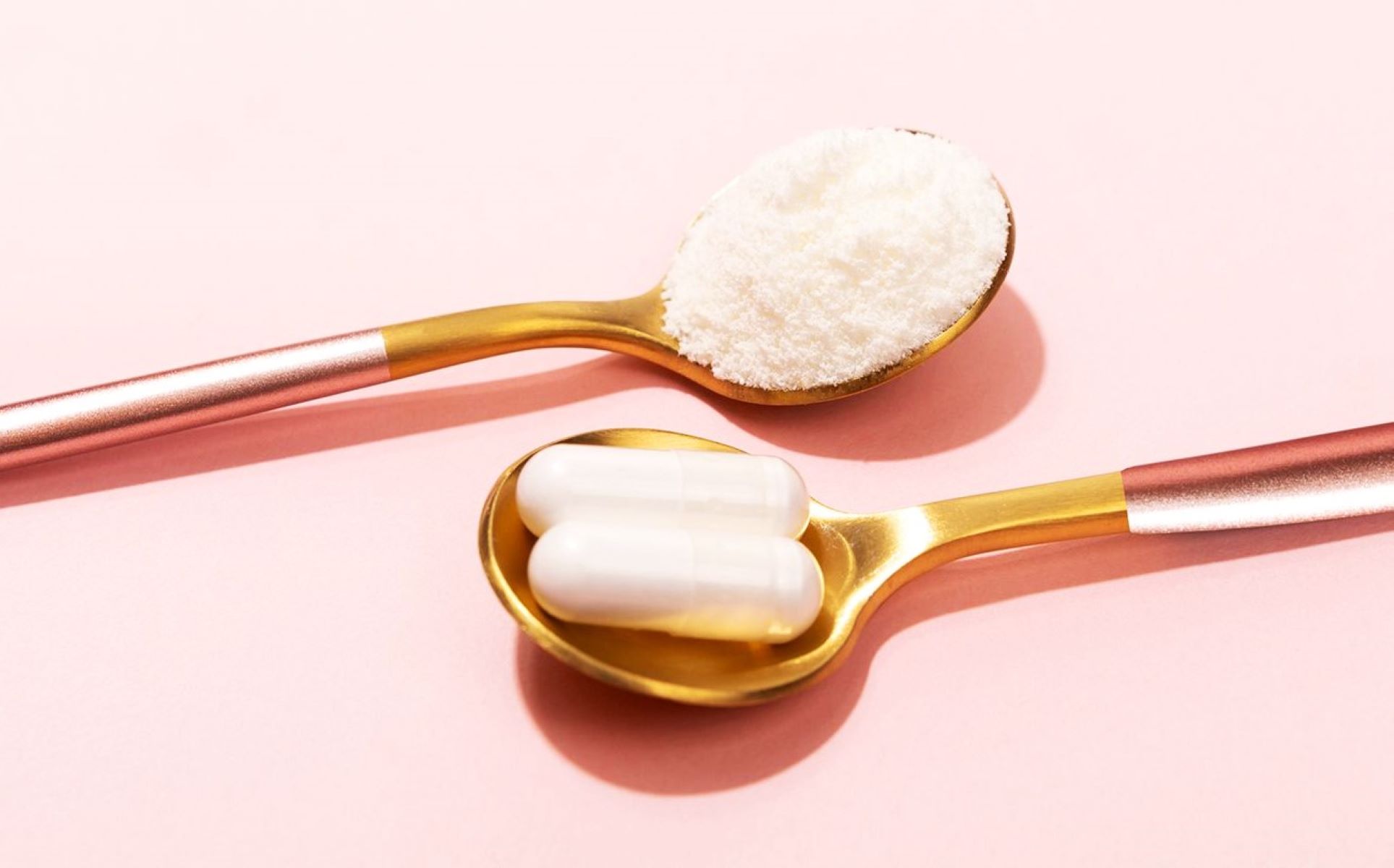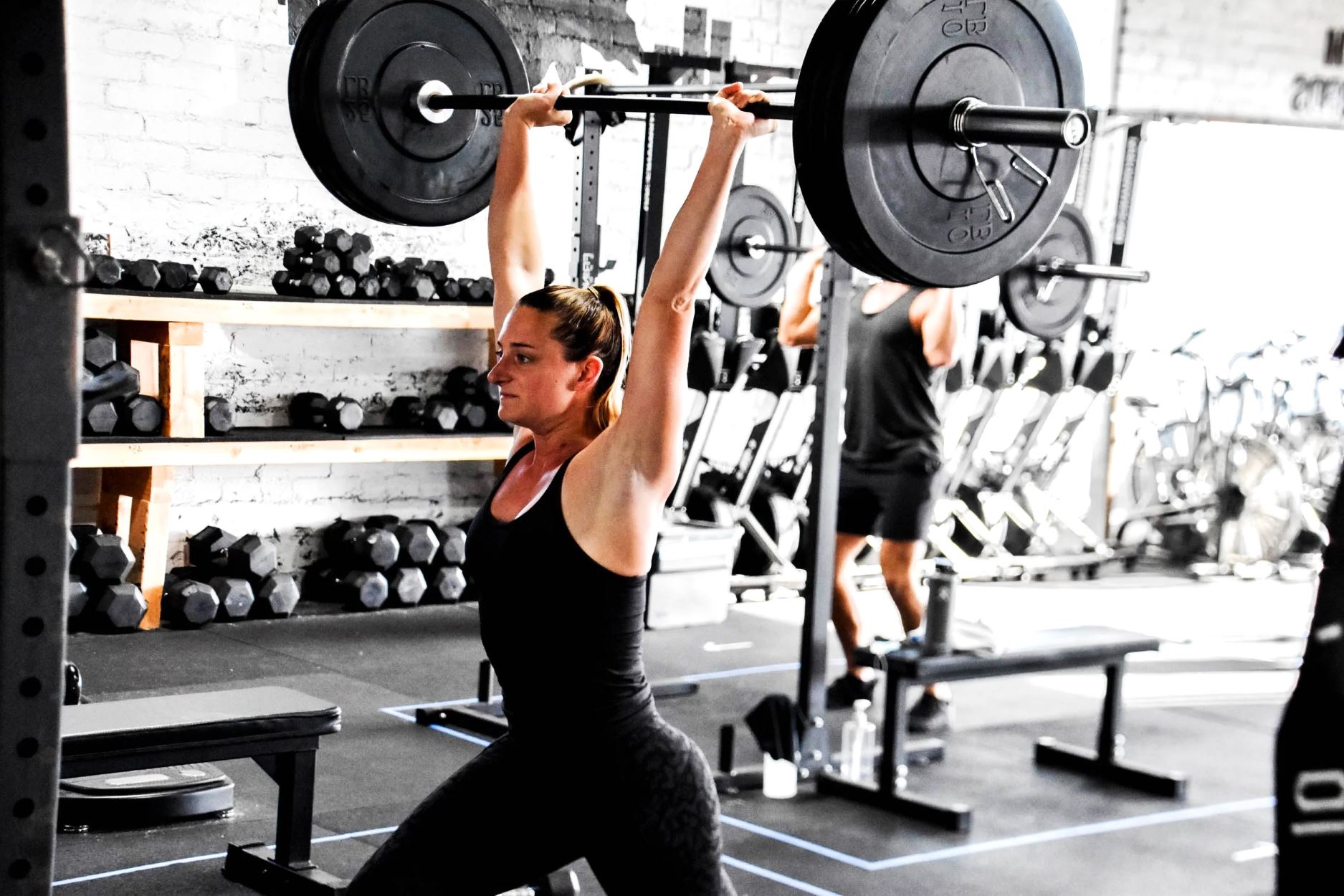Home>Health & Nutrition>How Running Improves Lung Function: 3 Key Benefits


Health & Nutrition
How Running Improves Lung Function: 3 Key Benefits
Published: February 22, 2024
Discover how running can enhance lung function and improve overall health. Learn about the 3 key benefits of running for your health and nutrition.
(Many of the links in this article redirect to a specific reviewed product. Your purchase of these products through affiliate links helps to generate commission for Therunningadvisor.com, at no extra cost. Learn more)
Table of Contents
The Relationship Between Running and Lung Function
Running is not only a fantastic way to stay fit and maintain a healthy weight, but it also offers numerous benefits for lung function. The relationship between running and lung function is a dynamic and symbiotic one, with running playing a pivotal role in enhancing the overall health and efficiency of the lungs.
When we engage in running, our bodies demand more oxygen to fuel the increased physical activity. This heightened demand for oxygen prompts the lungs to work harder, leading to improved lung function over time. As we consistently challenge our lungs through running, they adapt and become more efficient at taking in oxygen and expelling carbon dioxide.
Furthermore, running encourages deeper breathing, which helps to expand the lung capacity. This expansion allows the lungs to take in more air with each breath, leading to improved oxygen exchange within the body. The rhythmic and deep breathing patterns associated with running also aid in strengthening the respiratory muscles, including the diaphragm and intercostal muscles, which play a crucial role in the breathing process.
In addition to the physical benefits, running also promotes better respiratory health by reducing the risk of developing respiratory conditions such as asthma and chronic obstructive pulmonary disease (COPD). Regular running can help to keep the airways clear and improve overall lung function, thereby reducing the likelihood of respiratory issues.
In essence, the relationship between running and lung function is one of mutual benefit. As we lace up our running shoes and hit the pavement, our lungs respond by becoming more efficient and resilient. This symbiotic relationship not only enhances our physical performance but also contributes to our overall well-being.
Increased Lung Capacity Through Running
Running serves as a powerful catalyst for enhancing lung capacity, playing a pivotal role in fortifying the respiratory system. The act of running demands increased oxygen intake to fuel the heightened physical exertion. This heightened demand for oxygen prompts the lungs to expand and contract more vigorously, thereby enhancing their capacity over time.
As individuals engage in regular running, their lungs adapt to the increased demand for oxygen by expanding their capacity to accommodate larger volumes of air. This expansion allows for more efficient oxygen exchange within the body, leading to improved overall respiratory function. The deep, rhythmic breathing patterns associated with running further contribute to the expansion of lung capacity, enabling individuals to take in more air with each breath.
Moreover, running stimulates the strengthening of the respiratory muscles, including the diaphragm and intercostal muscles. These muscles play a crucial role in the breathing process, and their enhanced strength and endurance contribute to improved lung capacity. The consistent engagement of these muscles during running leads to their conditioning and increased efficiency, ultimately supporting greater lung capacity.
The process of increasing lung capacity through running is a gradual yet transformative one. As individuals persist in their running routines, their lungs undergo adaptation, becoming more efficient at oxygen uptake and carbon dioxide expulsion. This adaptation results in an expanded lung capacity, allowing for improved respiratory performance and overall physical endurance.
Furthermore, the expansion of lung capacity through running is not only beneficial for athletic performance but also for everyday activities. Individuals with enhanced lung capacity often experience improved stamina and endurance, enabling them to engage in physical activities with greater ease and reduced breathlessness.
In essence, running serves as a potent stimulus for enhancing lung capacity, fostering a symbiotic relationship between physical activity and respiratory function. The consistent engagement in running not only strengthens the lungs but also contributes to overall well-being, empowering individuals with improved respiratory efficiency and endurance.
Improved Oxygen Circulation in the Body
Running plays a pivotal role in enhancing the circulation of oxygen throughout the body, fostering a cascade of physiological benefits that contribute to overall health and well-being. As individuals engage in regular running, the cardiovascular system undergoes a series of adaptations that optimize the delivery of oxygen to the body's tissues and organs.
The act of running stimulates the heart to pump blood more efficiently, leading to improved circulation. This heightened circulation facilitates the transport of oxygen-rich blood from the lungs to the rest of the body, ensuring that vital organs and muscles receive an ample oxygen supply during physical exertion. The enhanced blood flow resulting from running also promotes the efficient removal of carbon dioxide and metabolic by-products, further optimizing the oxygenation of tissues.
Moreover, running stimulates the dilation of blood vessels, a process known as vasodilation. This dilation allows for increased blood flow to the muscles and organs, facilitating the delivery of oxygen to tissues in need. The enhanced vasodilation resulting from running contributes to improved oxygen circulation, supporting optimal tissue oxygenation and overall physiological function.
Additionally, running promotes the production of new blood vessels, a phenomenon known as angiogenesis. This process leads to the formation of a denser network of blood vessels, enhancing the delivery of oxygen to various tissues and organs throughout the body. The increased vascular density resulting from running further amplifies the circulation of oxygen, supporting tissue health and function.
Furthermore, running stimulates the release of endorphins, which are neurotransmitters that contribute to a sense of well-being and relaxation. This release of endorphins during running not only enhances mood but also promotes vasodilation, further supporting improved oxygen circulation throughout the body.
The cumulative impact of these physiological adaptations resulting from running culminates in a comprehensive enhancement of oxygen circulation in the body. This improved oxygen circulation not only supports physical performance during running but also contributes to overall health and vitality. By fostering optimal oxygen delivery to tissues and organs, running plays a pivotal role in promoting cellular health, metabolic efficiency, and overall well-being.
In essence, the relationship between running and improved oxygen circulation is one of symbiotic enhancement. As individuals engage in regular running, their bodies respond with a series of physiological adaptations that optimize oxygen delivery, supporting enhanced physical performance and overall health. This symbiotic relationship underscores the profound impact of running on oxygen circulation, highlighting its role in fostering vitality and well-being.
















